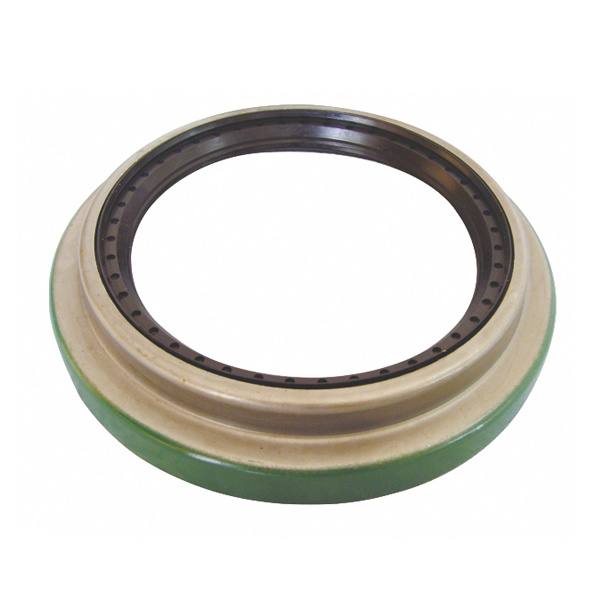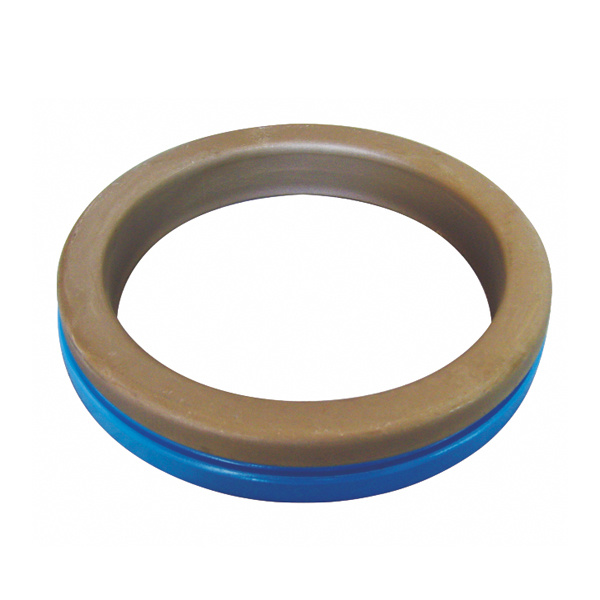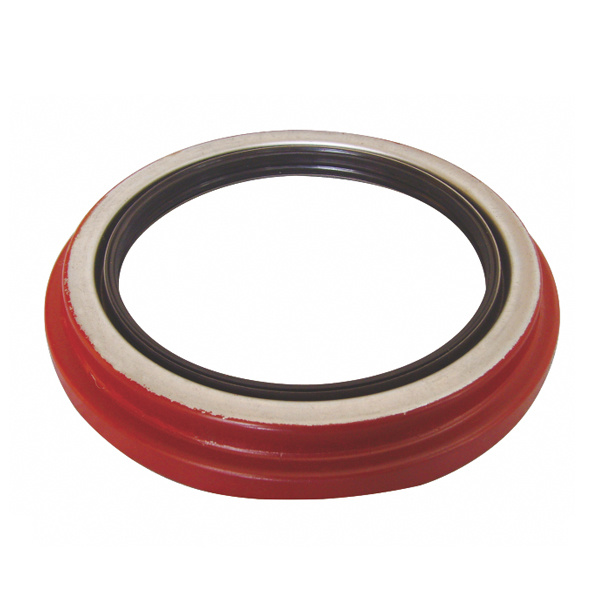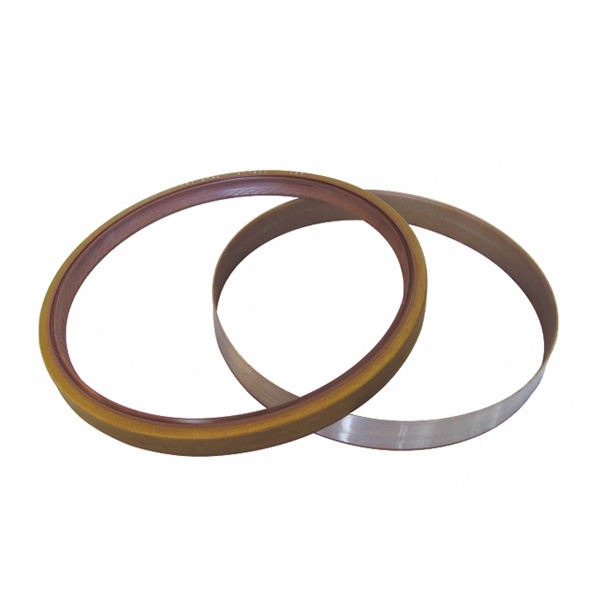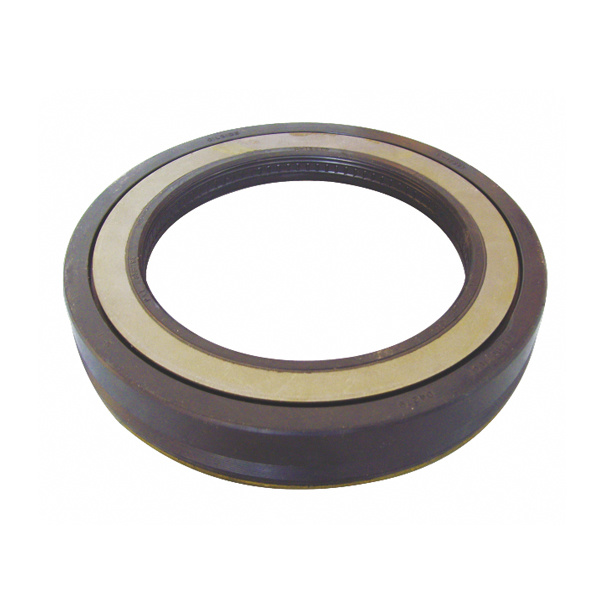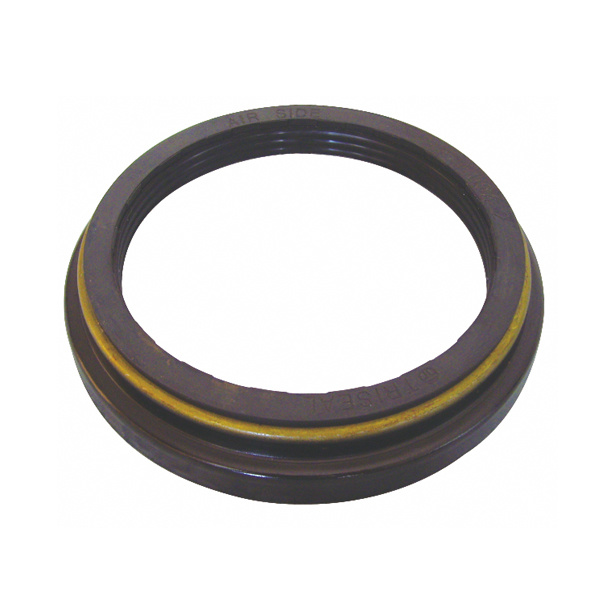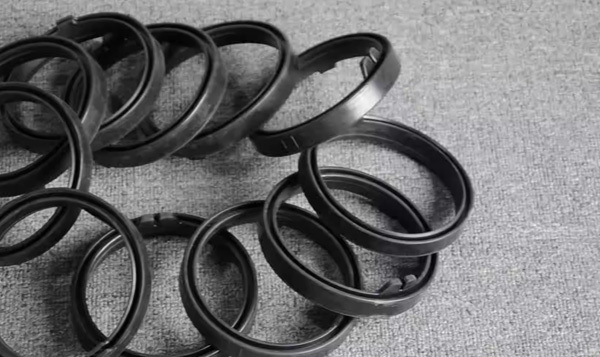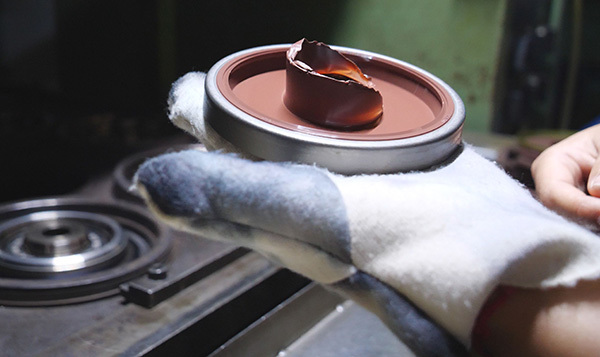Welcome To Know Our Products, We Can Offer You High Quality Products!
Key Characteristics to Look for in Low Friction Valve Stem Seals
2025-05-03
Key Characteristics to Look for in Low Friction Valve Stem Seals
Introduction to Low Friction Valve Stem Seals
In the realm of industrial equipment and components, particularly concerning sealing materials, **low friction valve stem seals** play a critical role. These components are essential for ensuring optimal functionality and longevity of valves in various systems. The importance of selecting the right valve stem seals cannot be overstated, as they significantly impact performance, efficiency, and reliability. In this article, we will delve into the key characteristics to consider when choosing low friction valve stem seals, helping you make informed decisions that enhance your operations.
Understanding the Function of Valve Stem Seals
Valve stem seals are designed to control the movement of the valve stem while preventing the leakage of fluids or gases. Their primary function is to maintain pressure within the system and minimize friction between the moving parts. Understanding their role helps us appreciate the need for low friction solutions that can withstand various operating conditions.
Importance of Low Friction in Valve Stem Seals
Low friction in valve stem seals is vital for several reasons:
- Improved Efficiency: Reduced friction leads to less energy consumption and improved operational efficiency.
- Extended Lifespan: Minimizing wear and tear on moving parts prolongs the life of both the seal and the valve.
- Enhanced Performance: Lower friction translates to smoother operation, reducing the risk of valve sticking or failure.
Key Characteristics of Low Friction Valve Stem Seals
When selecting low friction valve stem seals, several attributes must be evaluated to ensure optimal performance:
1. Material Composition
The material from which the valve stem seal is made plays a crucial role in its performance. Common materials include:
- PTFE (Polytetrafluoroethylene): Known for its excellent chemical resistance and low friction properties, PTFE is a popular choice for many applications.
- Polyurethane: Offers good wear resistance while maintaining flexibility, making it suitable for dynamic applications.
- Rubber Compounds: Certain rubber blends can be engineered for low friction and high resilience.
2. Design and Geometry
The design and geometry of the seal impact how it interacts with the valve stem. Key design considerations include:
- Seal Profile: A properly designed profile minimizes contact area, reducing friction and wear.
- Surface Finish: Smooth surfaces decrease friction, while textured surfaces might be used for specific applications requiring enhanced grip.
3. Compatibility with Operating Conditions
Understanding the operating environment is vital for selecting the right low friction valve stem seals. Key factors include:
- Temperature Range: Seals must withstand the temperature extremes of your application without degrading.
- Chemical Compatibility: Ensure that the seal material is compatible with the fluids or gases it will encounter.
- Pressure Ratings: Verify that the seals can maintain their integrity under the system’s pressure conditions.
4. Wear Resistance
Low friction valve stem seals should have excellent wear resistance to ensure longevity. Factors influencing wear resistance include:
- Material Hardness: Harder materials typically withstand abrasion better but may be more brittle.
- Lubrication Properties: Some materials can self-lubricate, reducing friction and wear on dynamic surfaces.
5. Manufacturing Quality
The precision of manufacturing affects the performance of valve stem seals. Look for:
- Tolerances: Tight manufacturing tolerances ensure that seals fit properly, preventing unwanted leakage.
- Inspection Processes: Quality control measures during production can lead to higher consistency and performance.
Benefits of Choosing Low Friction Valve Stem Seals
The advantages of low friction valve stem seals extend beyond mere performance enhancements. When correctly selected and implemented, they offer:
1. Cost Efficiency
By reducing wear and energy consumption, low friction seals can lower maintenance and operational costs in the long run.
2. Environmental Impact
With improved efficiency, these seals often contribute to a decrease in energy usage, aligning with sustainability goals.
3. Enhanced Reliability
Reliable seals prevent leaks and ensure consistent operation, which is crucial in critical applications where failures can lead to significant consequences.
Common Applications of Low Friction Valve Stem Seals
Low friction valve stem seals find their place in various industries, including:
1. Oil and Gas Industry
In oil and gas applications, reliable sealing solutions are vital for performance and safety. Low friction seals help maintain the integrity of systems under high pressure and temperature.
2. Chemical Processing
Chemical plants require seals that can withstand corrosive substances while providing low friction. The right seal choice contributes to overall efficiency and safety.
3. Automotive Industry
In vehicles, low friction seals are used in engine valves and other critical components to enhance performance and fuel efficiency.
Frequently Asked Questions (FAQs)
1. What materials are best for low friction valve stem seals?
The best materials are typically PTFE, polyurethane, and specially formulated rubber compounds. Each material has unique properties that cater to different application needs.
2. How do I know if a valve stem seal is suitable for my application?
Consider the operating conditions such as temperature, pressure, and chemical exposure, and ensure the seal's specifications meet these requirements.
3. Can I use standard seals in high-performance applications?
Standard seals may not perform adequately in high-performance applications. It's advisable to use low friction seals designed specifically for these conditions to ensure optimal performance.
4. What is the impact of seal design on friction?
The design directly affects the contact area and surface interaction between the seal and valve stem, thus influencing friction levels. Proper design minimizes contact and reduces friction significantly.
5. How often should valve stem seals be replaced?
The replacement frequency depends on the operating conditions and the materials used. Regular inspections are essential to determine the condition of the seals and ensure optimal operation.
Conclusion
In summary, selecting the right low friction valve stem seals involves careful consideration of material composition, design, compatibility with operating conditions, wear resistance, and manufacturing quality. These characteristics are crucial for ensuring optimal performance and longevity in various industrial applications. By understanding these key attributes, we can make informed decisions that enhance efficiency, reduce costs, and improve the reliability of our systems. Investing time in this selection process will yield significant long-term benefits and ensure that your operations run smoothly.
Low Friction Valve Stem Seal
RELEVANT INFORMATION
How is the quality of rubber seals controlled?
2023-05-05
Analysis of possible production problems and causes of silicone O-rings
2023-05-05
Transportation and assembly of oil seals
2023-05-05


